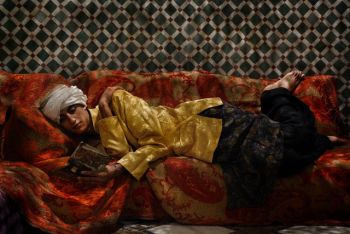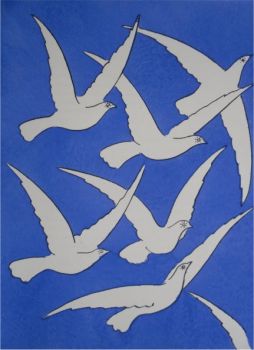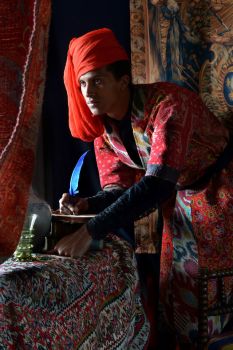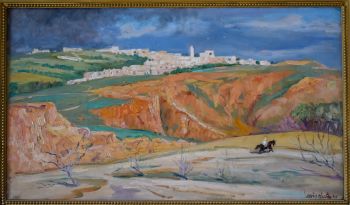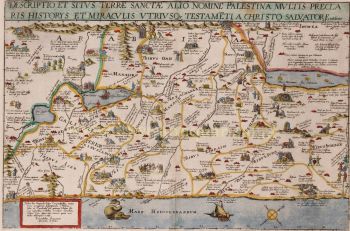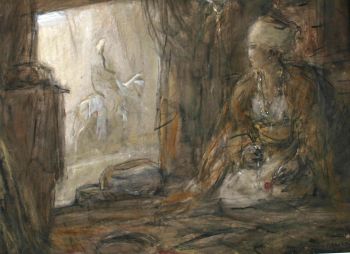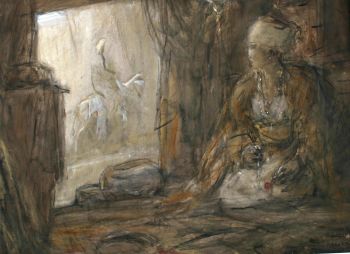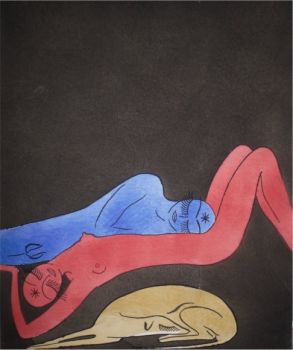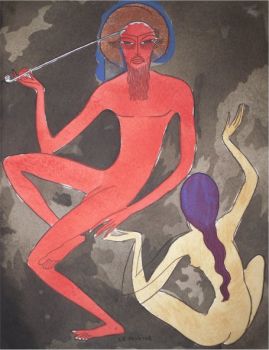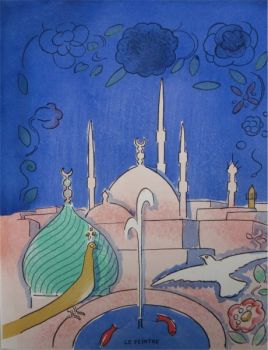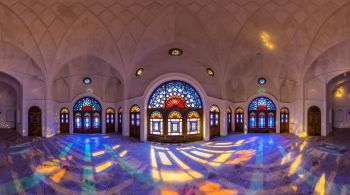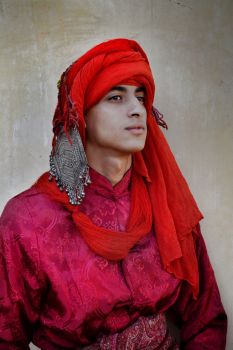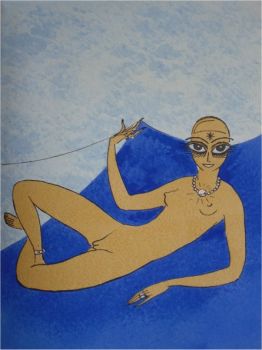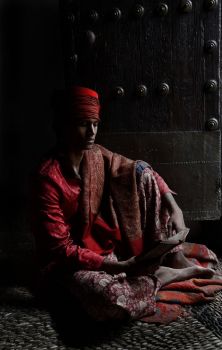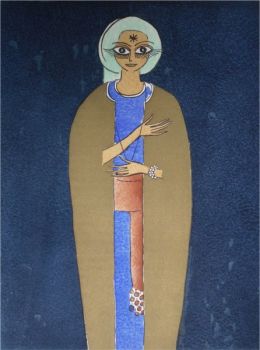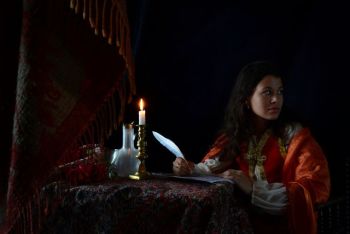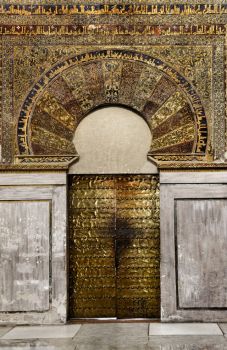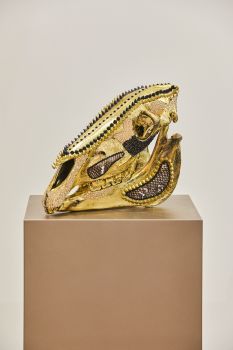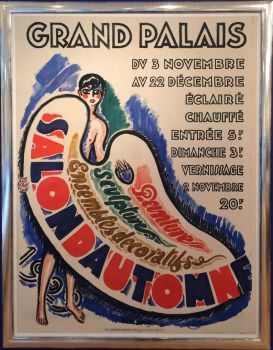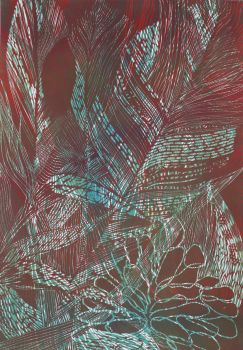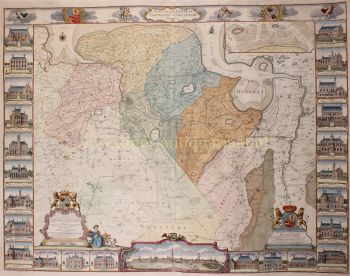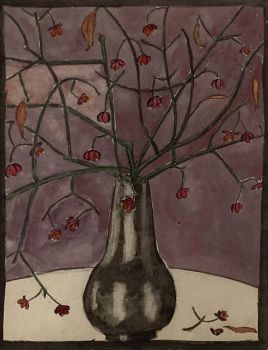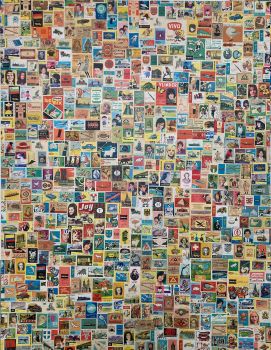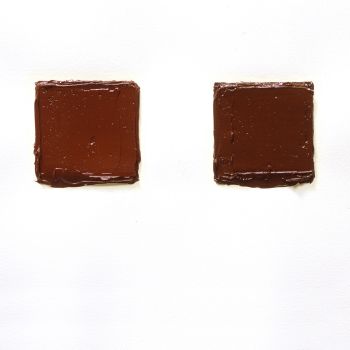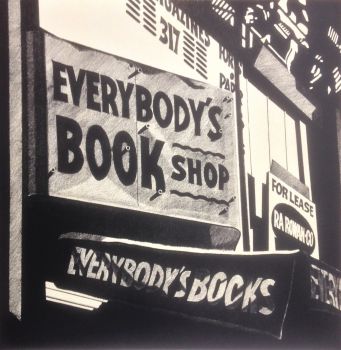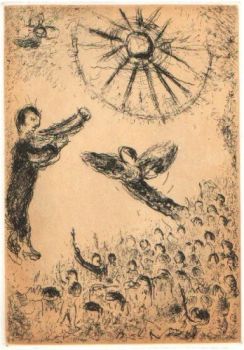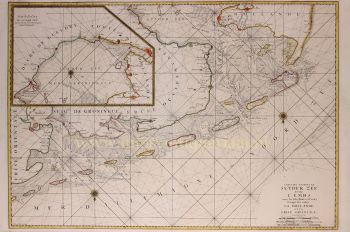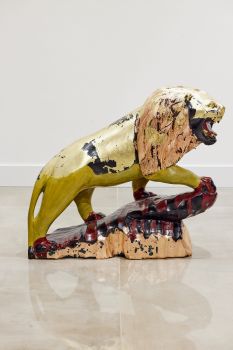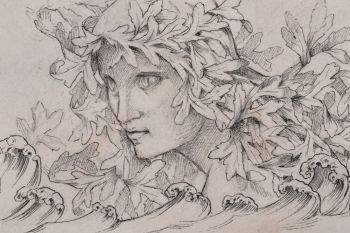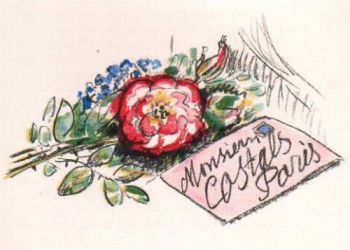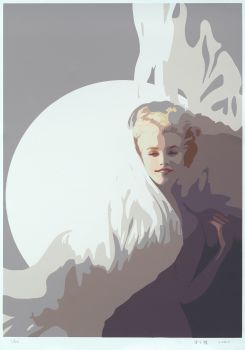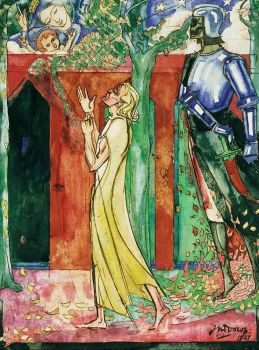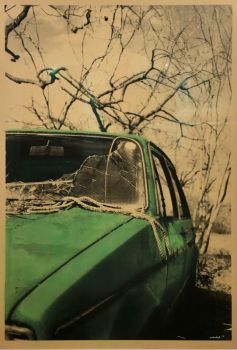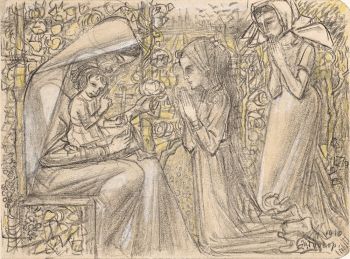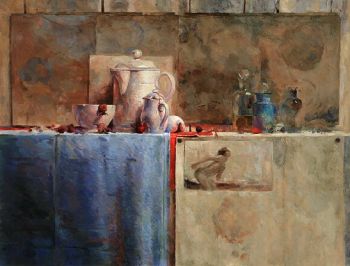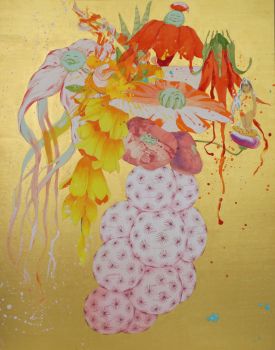Erpenius's excellent Arabic grammar 1628
Thomas van Erpe (Erpenius)
PaperLeather
Currently unavailable via Gallerease
- About the artworkRudimenta linguae Arabicae.
Leiden, Boneventura and Abraham Elzevier, 1628.
Small 8vo (15 x 9.5 cm).
With title-page printed in red and black. 19th-century green sheepskin.
The rare second, corrected edition of Erpenius's influential Arabic grammar, which remained popular until well into the 19th century. Erpenius, one of the most distinguished orientalists of his day, published his famous Grammatica Arabica in 1613, followed in 1620 by the Rudimenta linguae Arabicae, a slightly abridged version of the Grammatica. It is dedicated to the Maronites Johannes Hesronita and Gabriel Sionita, the latter of whom would later edit the 1638-edition of the Rudimenta. It includes the Arabic text with Latin transcriptions of chapter 64 of the Quran.
Annotation on title-page: "Collegii Remensis / Societatis Jesu / Catalogo Inscriptur". Fine copy.
Rahir 263; Schnurrer 60; Smitskamp 69b; STCN (3 copies); Willems 295. - About the artistThomas van Erpe/Thomas Erpenius (1584, Gorinchem – 1624, Leiden), also known as Thomas van den Erpe, was a famous Dutch orientalist. After studying oriental languages - Scaliger advised him to do so – and theology at Leiden, he travelled in Europe. Staying in Paris he made friends with Casaubon, a celebrated classical scholar and philologist. In Paris he also took lessons in Arabic and in Venice he studied Turkish, Persic and Ethiopian languages.
Erpenius was appointed professor of Arabic and other oriental languages at the Leiden University in 1613. He set up a printing office there for Arabic and other oriental languages. He printed his first edition of Luqman’s fables as his first trial publication (without vowel points for Arabic types). The annotations he made for his own copy were incorporated in the second edition ( with vowel points) of 1636. Lukman’s animal fables were an important part of pre-Islamic Arabic culture and are still popular today. Erpenius’ library was transferred to Cambridge University Library in 1632. He produced many works, among others grammars of several oriental languages: Arabic, Hebrew, Chaldean, Syrian.
Artwork details
Related artworks
Antonie Derkinderen
Memory book Exhibition of Dutch Painting1892
Price on requestKunsthandel Pygmalion
Tilmanus Nicolaus Maastricht
Missale Romanum with Dutch silver mounts1788 - 1792
Price on requestJacob J. Roosjen SRI
Engelbert Kaempfer
ENGELBERT KAEMPFER BOOK1651 - 1716
Price on requestZebregs & Röell - Fine Art - Antiques
Hermann Nitsch
"UNDER MY SKIN" Signed book incl. small artwork and DVD in a matching box2010 - 2014
Price on requestGallerease Selected
Antonie Derkinderen
Memory book Exhibition of Dutch Painting1892
Price on requestKunsthandel Pygmalion
LAWRENCE WEINER
"SKIMMING THE WATER [MENAGE A QUATRE]" Signed book plus small artwork2010 - 2014
Price on requestGallerease Selected
Engelbert Kaempfer
ENGELBERT KAEMPFER BOOK1651 - 1716
Price on requestZebregs & Röell - Fine Art - Antiques
1 - 4 / 22Elisabeth Treskow
Afghan lapis lazuli inlaid with gold on a silver stand1950 - 1960
Price on requestJacob J. Roosjen SRI
Unknown artist
IMPORTANT AND RARE LARGE INDIAN 'COMPANY STYLE' PAINTING ON IVORY DEPICTING A PARADE1850 - 1900
Price on requestZebregs & Röell - Fine Art - Antiques
 Curated by
Curated byDanny Bree
1 - 4 / 24Rene Rietmeyer
"Germany, Saarland, April 2001"2001
Price on requestEuropean Cultural Centre Collection
1 - 4 / 24

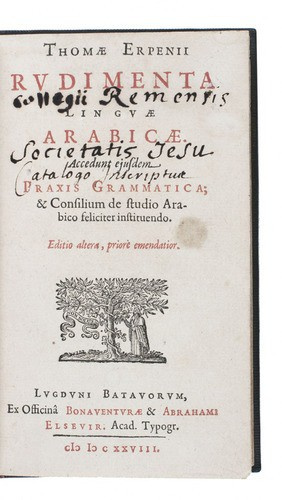

















!["SKIMMING THE WATER [MENAGE A QUATRE]" Signed book plus small artwork by LAWRENCE WEINER](https://media-2.gallerease.com/images/442bfd5f-fc31-4e18-a2fa-ee0c08eade64/350x350/skimming-the-water-menage-a-quatre-signed-book-plus-small-artwork.jpg)




